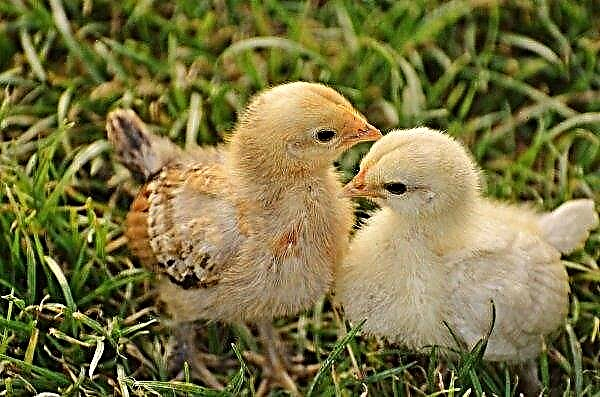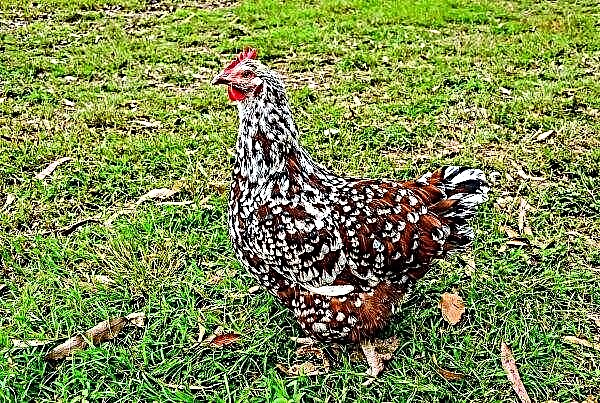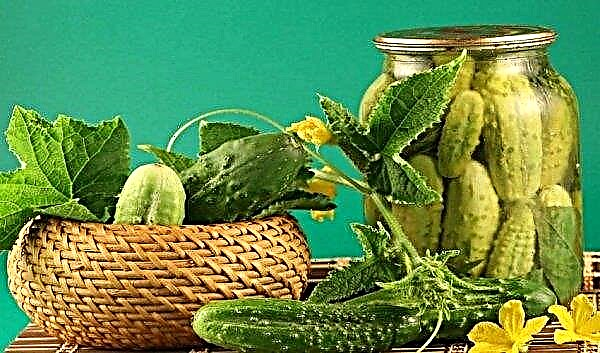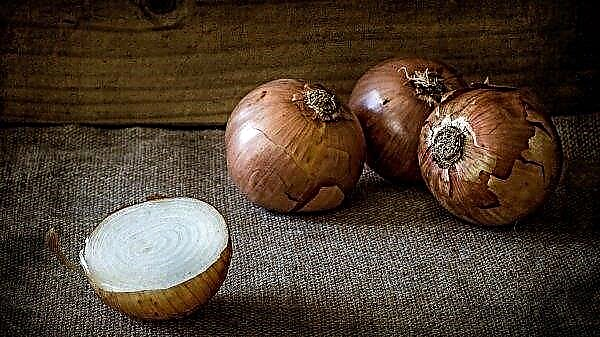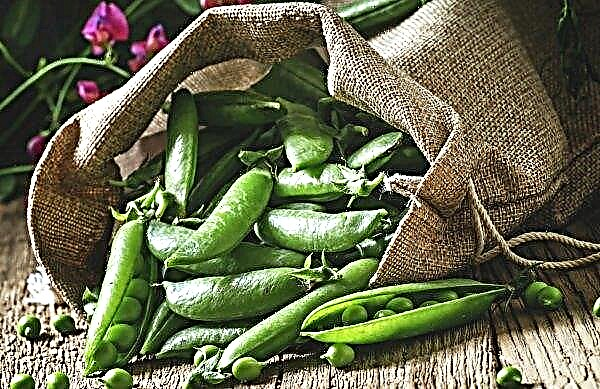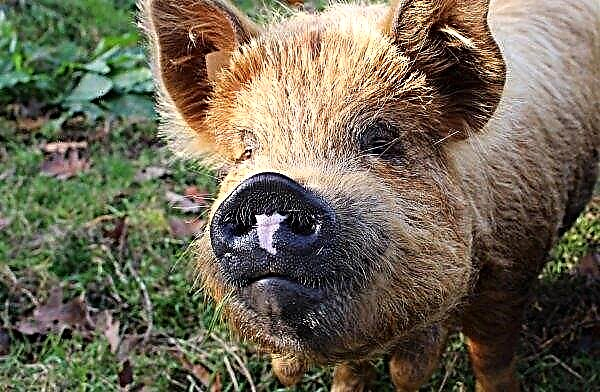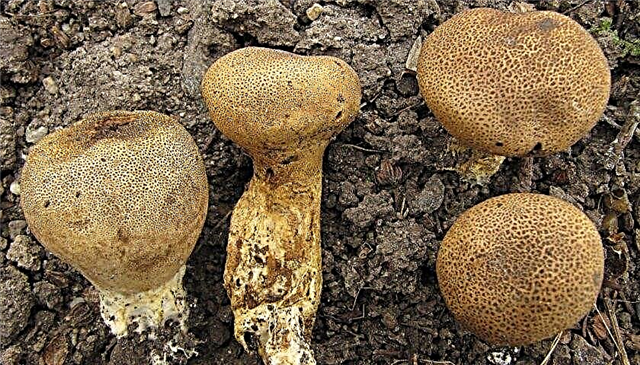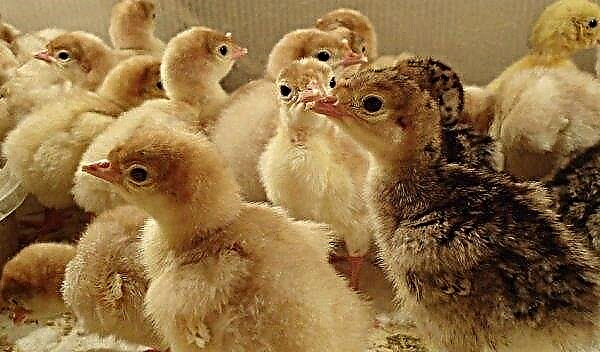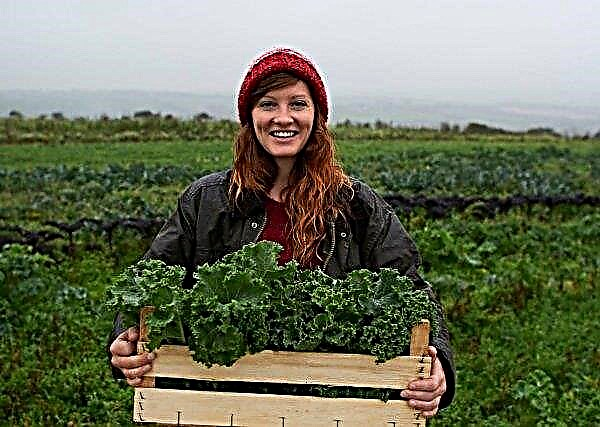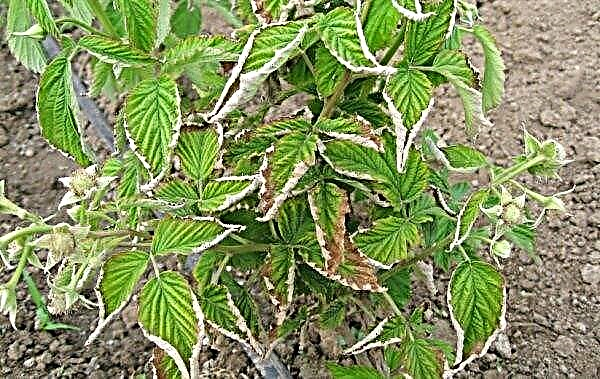Tomato variety Balcony miracle, first of all, is appreciated for the possibility of cultivation in various conditions - in the garden, on the balcony, in the greenhouse. Other advantages of these tomatoes and the features of their cultivation will be discussed in this material.
Description and characteristics of the variety
Tomatoes of the Balcony Wonder variety were bred by German breeders. They differ in the following characteristics:
- early ripening - the first fruits can be expected 90–115 days after emergence;
- bushes are undersized and determinant - reach a height of 30-50 cm;
- the crown of the bush is compact, the shoots do not grow much, the number of leaves is average;
- the plant bears roundish fruits;
- the skin of tomatoes is smooth;
- fruit color is bright red;
- the average weight of fruits, depending on growing conditions, is 10–40 g;
- crop yield - 1.7 kg per bush;
- flesh is fleshy, dense, sweet with sourness;
- the use of fruits is universal - they can be used fresh, pickled, go to juice, sauces;
- plants need standard agricultural practices;
- can be grown in open ground, in a greenhouse, in a greenhouse, under a film, in apartment conditions.

Pros and cons of growing
- Tomatoes of the Balcony Wonder variety have several advantages:
- resistance to adverse growing conditions;
- early ripening;
- lack of need for pinching;
- unpretentiousness in leaving;
- excellent taste of the fruit;
- resistance to late blight;
- the possibility of growing in pots on the windowsill or balcony;
- decorativeness.
- Among the shortcomings should be mentioned:
- low productivity;
- dense skin of the fruit.
Planting Technology Varieties
Tomato is grown in seedlings from seeds. In order for the seedlings to grow strong, it is necessary to follow the recommendations for its planting and care.
Did you know? The world's largest tomato was grown by American farmer Dan McCoy. Its weight is 3.8 kg. Tomato even got its own name - Big Zack.
Sowing dates
Seeds can be purchased at a specialty store. As a rule, they are sold packed in paper envelopes with a packaging of 0.1 g. If you plan to grow in an open area, then the planting material must be placed in the ground in March-late April. When growing on a balcony, sowing can be done at the end of December. So you can get an early spring crop. To obtain autumn fruits, sowing is carried out in July-August. Soil and seeds must be pre-treated before planting.
So you can get an early spring crop. To obtain autumn fruits, sowing is carried out in July-August. Soil and seeds must be pre-treated before planting.
Tillage
The substrate for germinating seedlings can be bought ready-made in a store or made independently by mixing the following ingredients:
- peat (2 parts);
- garden land (1 part);
- humus or compost (1 part);
- sand (0.5 parts).
Capacity for landing
As a container for growing seedlings, a wooden box, cassettes, plastic and peat cups are suitable. The recommended depth of the containers is 10 cm. It is believed that if the seeds are sown in separate containers, the seedlings grow stronger.
Planting Material Processing
Before sowing, seeds must be treated with 1% potassium permanganate solution. You can also make treatment with a rooting agent, yeast top dressing. All these measures will contribute to the rapid emergence and growth of seedlings, prevent the development of their diseases.
Sowing technology
Seeds are sown to a depth of 1-1.5 cm. 2-3 seeds are placed in each well. Wells are covered with earth. The substrate is well moistened with a spray bottle. Capacities are covered with a film or glass.
Features of growing and planting seedlings
In order to grow good seedlings, in the room where it is contained, it is necessary to create the following conditions:
- air temperature - + 22–25 ° С;
- air humidity - 60–70%;
- good lighting - 14-16 hours.
Seedlings should be opened and aired daily, moisten the soil regularly with warm, settled water - once every 7-10 days. Under such conditions, the first sprouts should be expected after 3-4 days. After their appearance, the shelter is removed. After the formation of 1-2 true leaves, the sprouts dive - they are planted in different peat pots with a nutrient substrate. They are regularly moistened and sprayed. Daytime air temperature should not fall below +18 ° C, at night - below +12 ° C. During the growth of seedlings, it can be fertilized with mineral additives - Kemira Plus, Agricola, etc. If you plan to grow it in open ground, then you will need to harden the seedlings: on warm days, take out the pots in fresh air, starting from 5 minutes a day. Every day, the duration of the hardening procedure will need to be increased.
Daytime air temperature should not fall below +18 ° C, at night - below +12 ° C. During the growth of seedlings, it can be fertilized with mineral additives - Kemira Plus, Agricola, etc. If you plan to grow it in open ground, then you will need to harden the seedlings: on warm days, take out the pots in fresh air, starting from 5 minutes a day. Every day, the duration of the hardening procedure will need to be increased.
Important! When growing tomato seedlings in the winter, the installation of additional lighting will be required.
Seedlings are transplanted to a permanent place when the stems reach a length of 10-15 cm, approximately at the age of 20-25 days. Before extracting from the pot, plants are abundantly watered. The recommended scheme for planting in open ground is 30x60 cm. For 1 square. m should fit 6-8 bushes. When grown indoors, the sprouts are placed in separate pots made of plastic, ceramic or in a long balcony box with drainage, observing a distance of 25-30 cm from each other.
Outdoor tomato care
Activities for the care of tomatoes Balcony miracle when planting in the garden practically do not differ from those that are used for other varieties. It will require regular watering, the introduction of nutritious dressing, cleaning the soil from weeds. Below we have put together short recommendations on how to care for this garden plant.
Optimal growing conditions
Tomatoes Balcony miracle grow well at a temperature of + 20-25 ° C and humidity 55%. They withstand lowering the thermometer to +17 ° C and increasing to +30 ° C, however, temperature jumps are poorly tolerated. If such are observed, or if the temperature drops below the boundary threshold, then the bushes should be covered with films of the type “Lutrasil”, “Spanbond”, “Agrospan”, “Grinteks”.
With an increase in temperature indicators above the boundary threshold, tomatoes slow down growth and development. Reducing temperature can be achieved by watering and spraying.
Top dressing
Tomato bushes are fed 3-4 times per season. You can do this once every 20 days or use the following scheme:
- 2 weeks after planting.
- After 10 days.
- In 2 weeks.
- After 20 days.
 For their application, the foliar method is used. A yeast solution is prepared from 10 g of dry yeast, 0.5 l of wood ash, 5 large tablespoons of sugar, 10 l of water. Tomato bushes are processed at the stage of budding and blooming of the first flowers. Another option for fertilizer is infusions of herbs. Fertilizing under the root is carried out only after abundant moisture in the soil. Root top dressing should be alternated with foliar.
For their application, the foliar method is used. A yeast solution is prepared from 10 g of dry yeast, 0.5 l of wood ash, 5 large tablespoons of sugar, 10 l of water. Tomato bushes are processed at the stage of budding and blooming of the first flowers. Another option for fertilizer is infusions of herbs. Fertilizing under the root is carried out only after abundant moisture in the soil. Root top dressing should be alternated with foliar.Important! Watering and fertilizing tomatoes is carried out strictly in the evening, after the sun sets, or in cloudy weather. This is necessary so as not to provoke sunburn on leaves and stems.
Watering
Watering is especially important for tomatoes. Correct execution of it by 90% guarantees successful fruiting. So, overmoistening leads to the development of diseases caused by fungi, the formation of cracks in the fruit, and imparting wateriness to the pulp. With insufficient watering, shedding of the ovaries and the formation of small fruits occur. After abundant watering, when transplanted into open ground, tomato bushes are watered for the first time in 10-12 days. Use only warm, settled or rain water with a temperature of at least +20 ° С. Before the start of flowering in 1 square. m will require 4 liters of water. During flowering and the formation of ovaries - up to 12 liters. The optimal regime for watering tomatoes is 1-2 times in 7 days. The best time to moisturize is the evening after the sun hides. When watering, it is necessary to ensure that moisture does not fall on the foliage and stems. Tomatoes can be watered manually - using a hose (under the root, excluding moisture from plants) and a drip subsoil method.
Before the start of flowering in 1 square. m will require 4 liters of water. During flowering and the formation of ovaries - up to 12 liters. The optimal regime for watering tomatoes is 1-2 times in 7 days. The best time to moisturize is the evening after the sun hides. When watering, it is necessary to ensure that moisture does not fall on the foliage and stems. Tomatoes can be watered manually - using a hose (under the root, excluding moisture from plants) and a drip subsoil method.
Important! You can find out if tomatoes are watered enough by squeezing a lump of earth in the palm of your hand, allocated from a depth of 10 cm. A well-molded lump indicates sufficient moisture.
The most optimal method of watering for tomatoes is drip. It can be done by installing plastic bottles in which large and small holes have been pre-made and the bottom cut. Such bottles are placed in wells with a depth of 10–15 cm at a distance of 15–20 cm from the stem at an angle of 30–40 degrees and are dug up with earth. The liquid poured into the bottles gradually leaves the soil and saturates the roots with moisture. Using these bottles is also convenient to apply fertilizer.
Stepson
Whether it is necessary to pinch or remove lateral processes for bushes of a determinant type, to which the Balcony Wonder variety belongs, is decided by the owner of the site. All recommendations that are put forward regarding this variety agree that this procedure is not necessary. The bushes do not grow much, which means that the lateral processes do not lead to thickening of the plantings and to a decrease in the number of fruits.
Soil cultivation and weeding
Soil care consists in weeding and loosening. Weed removal is carried out as necessary. Loosening - after each watering and precipitation. It is also advisable to mulch, which eliminates the growth of weeds and retains the necessary moisture. For mulching use mowed grass, peat or straw.
Bush tying
Since the stalks of the Balcony Miracle are short and strong, they do not need to be tied. They are able to withstand the ensuing medium-sized fruits themselves.
Diseases and Pests
The tomato variety Balcony miracle is resistant to late blight, therefore, preventive measures that reduce the risk of developing this disease are not required. However, with erroneous actions during the cultivation of tomatoes, they can suffer from the development of pathogenic microorganisms and damage by parasite pests. With increased humidity, fungal diseases develop that are treated with fungicides - Fitosporin-M, Quadrice, and copper-containing drugs. Most often, tomatoes can infect spider mites and aphids. In case of their invasion, they use spraying with a soap solution and treatment with insecticides - “Actellik”, “Fitoverm”, “Aktara”, “Fufanon”. To prevent the invasion of pests, mixed plantings are used. So, in the immediate vicinity of tomatoes, in the aisles, you need to plant marigold, marigolds, lupins, mustard, oil radish. Their smell will scare away harmful insects. For this purpose, the biological products “Bitoxibacillin”, “Actofit”, “Lepidocide”, “Planriz”, “Haupsin” are also used.
In case of their invasion, they use spraying with a soap solution and treatment with insecticides - “Actellik”, “Fitoverm”, “Aktara”, “Fufanon”. To prevent the invasion of pests, mixed plantings are used. So, in the immediate vicinity of tomatoes, in the aisles, you need to plant marigold, marigolds, lupins, mustard, oil radish. Their smell will scare away harmful insects. For this purpose, the biological products “Bitoxibacillin”, “Actofit”, “Lepidocide”, “Planriz”, “Haupsin” are also used.
In addition to the above diseases, tomatoes can suffer from other problems. Many gardeners are often interested in the question: why tomatoes do not bloom. This can happen for a variety of reasons: due to inappropriate temperature and humidity of the air and soil, an excess of nitrogen and a lack of potassium and phosphorus. At room tomatoes do not give flowers and ovaries due to improper pollination. Twisted leaves, drooping and shrunken tops will indicate a lack of moisture.
Harvesting and storage
Harvest the fruits of these tomatoes at an early time. Every day or 1 time in 2 days, the gardener should visit the garden and pick ripened and spoiled tomatoes. If you plan to transport them, then you need to remove the tomatoes at the time of technical maturity, that is, only browned. Then they are placed in boxes and placed in a room with a temperature of + 18–25 ° С and a humidity of 80–85%, where they successfully ripen. If you do not allow the full ripening of fruits on the bushes, then the yield will be higher, since it will be possible to save nutrients for the ripening of the following tomatoes. For long-term storage, the most dense, intact tomatoes are selected. Fruits can be stored for a long time at a temperature of + 11–13 ° С and humidity of 85–90%.
If you do not allow the full ripening of fruits on the bushes, then the yield will be higher, since it will be possible to save nutrients for the ripening of the following tomatoes. For long-term storage, the most dense, intact tomatoes are selected. Fruits can be stored for a long time at a temperature of + 11–13 ° С and humidity of 85–90%.
Did you know? In the Kherson region (Ukraine), the farmer managed to collect 165 fruits with a total mass of 8.4 kg from a single tomato bush. The record holder bush was entered into the Book of Records of Ukraine.
Summing up, we note that the Balcony Miracle variety is interesting in that it can be grown in various conditions - under the open sky, in shelters, in an apartment. This is a dwarf type tomato. It is unpretentious in leaving, it does not need to be tied up and stepsoned. Even a novice will cope with growing it.

